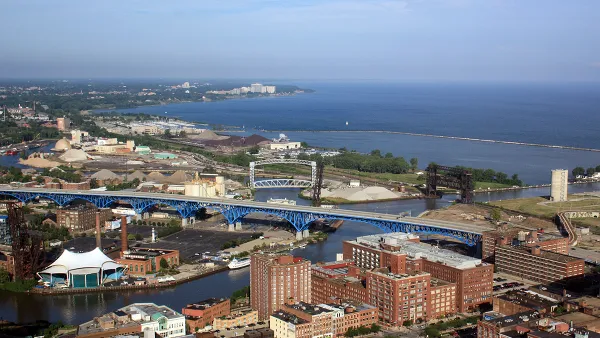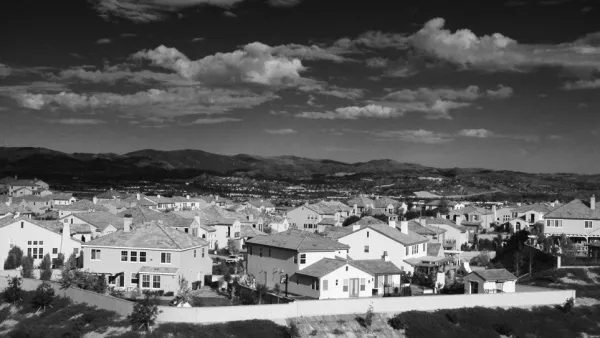As affluent whites have returned to more urban areas, some might think that white flight is a relic of the 20th century, but overwhelming evidence shows that white flight continues, just in a different place and time.

"White flight from highly concentrated Asian immigrant communities or 'ethnoburbs,' a term first coined by Wei Li, is nothing new," writes Anjali Enjeti.
The story builds on the story told in this passage about the persistence of white flight—though the years and locations might change:
Sociologist Samuel H. Kye, the author of Segregation in Suburbia: Ethnoburbs and Spatial Attainment in the Urban Periphery, examined segregation patterns in 150 middle class metropolitan black, Hispanic, and Asian ethnoburbs from 1990 to 2010. By focusing on middle-class, as opposed to lower-class ethnoburbs, he hoped to eliminate poverty as a factor for white flight. In a phone interview, he relays that the relative economic prosperity of an ethnoburb does not diminish white people’s decisions to abandon it. “Across the board, any time you see a significant presence of minority residents, there is a near perfect predictor of exodus of white residents,” he says.
The article includes anecdotes from the author's life in Johns Creek, a suburb of Atlanta that has become more and more Asian as whites have moved to the next suburban ring over, but Enjeti also provides data on the trend from around the country and especially the city of Cupertino, a suburb of San Jose, California.
Enjeti is not offering a dry demographic analysis of white flight. The point is to call attention to the racial motivations behind out-migration of whites from ethnoburbs: "Somehow white parents’ liberal politics and progressivism do not inform them that the decision to relocate to avoid Asians is racism. They’ve defined the term so narrowly, their own individual acts of prejudice don’t meet it."
FULL STORY: Ghosts of White People Past: Witnessing White Flight From an Asian Ethnoburb

Analysis: Cybertruck Fatality Rate Far Exceeds That of Ford Pinto
The Tesla Cybertruck was recalled seven times last year.

National Parks Layoffs Will Cause Communities to Lose Billions
Thousands of essential park workers were laid off this week, just before the busy spring break season.

Retro-silient?: America’s First “Eco-burb,” The Woodlands Turns 50
A master-planned community north of Houston offers lessons on green infrastructure and resilient design, but falls short of its founder’s lofty affordability and walkability goals.

Test News Post 1
This is a summary

Analysis: Cybertruck Fatality Rate Far Exceeds That of Ford Pinto
The Tesla Cybertruck was recalled seven times last year.

Test News Headline 46
Test for the image on the front page.
Urban Design for Planners 1: Software Tools
This six-course series explores essential urban design concepts using open source software and equips planners with the tools they need to participate fully in the urban design process.
Planning for Universal Design
Learn the tools for implementing Universal Design in planning regulations.
EMC Planning Group, Inc.
Planetizen
Planetizen
Mpact (formerly Rail~Volution)
Great Falls Development Authority, Inc.
HUDs Office of Policy Development and Research
NYU Wagner Graduate School of Public Service




























